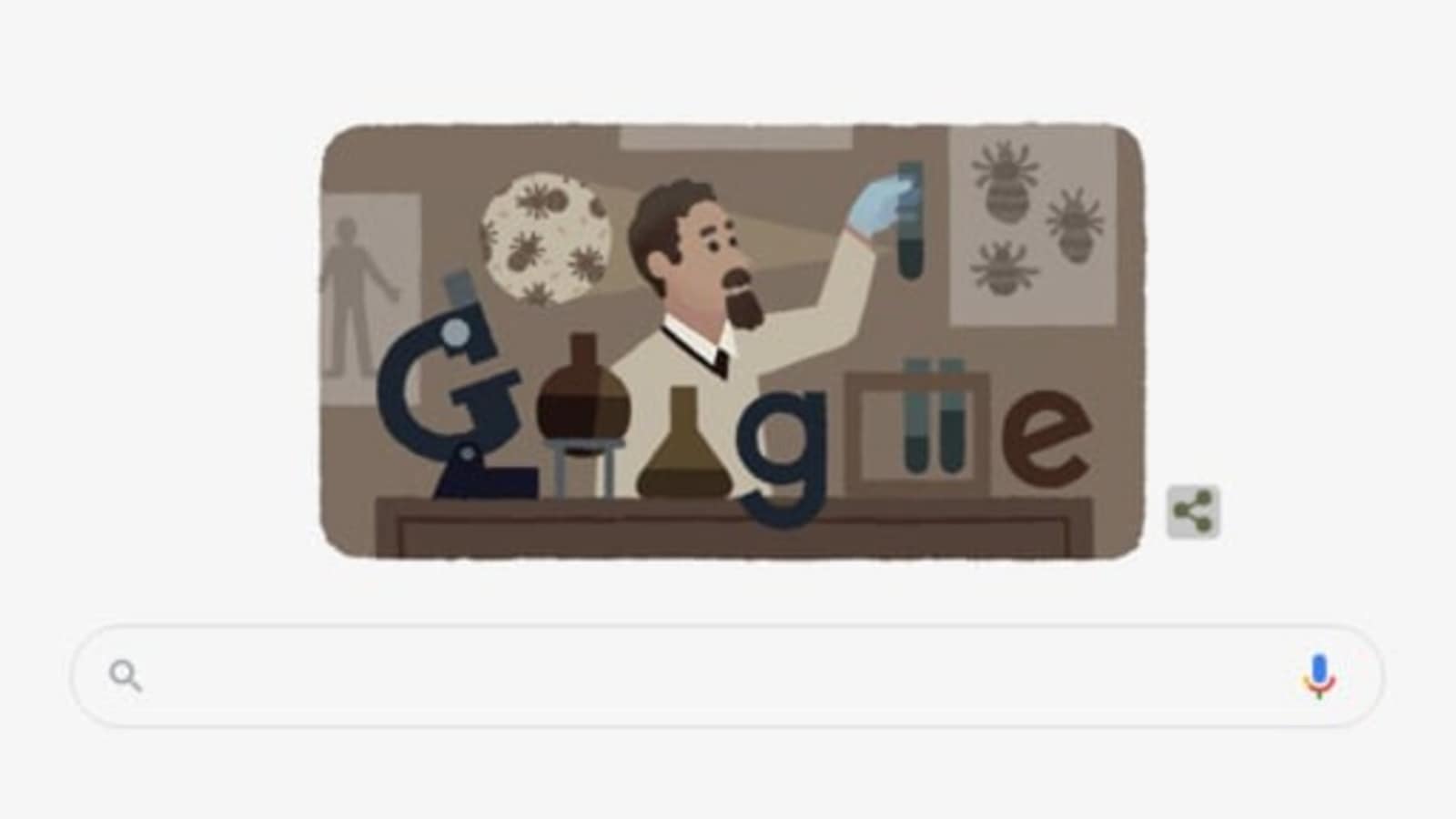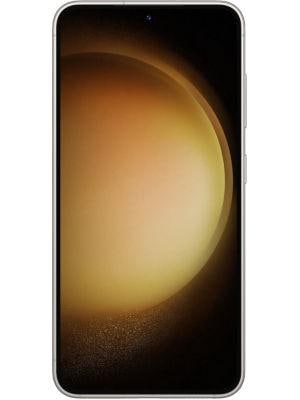Google Doodle today celebrates inventor Rudolf Stefan Weigl's 138th birthday
- Google Doodle today: Rudolf Stefan Weigl was born in the Austro-Hungarian town of Przerow - in the modern-day Czech Republic - on September 2, 1883.

Google Doodle today: September 2 marks the 138th birthday of Polish inventor, doctor and immunologist Rudolf Stefan Weigl. To celebrate the occasion, Google has a custom Doodle for Weigl up on its site. For the unaware, Weigl produced the first-ever effective vaccine against one of the oldest and most infectious diseases - epidemic typhus. On this occasion, Google is spelled out in an artistic fashion. The Google Doodle has embedded scientific tools into its art to form the word 'Google'.
On September 2, Google Doodle is showing the Polish inventor holding a test tube in his gloved hands. There are drawings of lice on the wall on one side and a human body on the other. Moreover, the illustrator has spelled out Google with a microscope, beakers on bunsen burners, and test tubes in holders all placed on a lab table.
The lice are depicted in the Google Doodle today because they were known to carry the typhus-infecting bacteria Rickettsia prowazekii. Weigl adapted the tiny insect into a laboratory specimen. He showcased through his research how to use lice to propagate the deadly bacteria. He studied it for decades with the hope of developing a vaccine. Eventually, in 1936, Rudolf Weigl's vaccine successfully inoculated its first beneficiary.
Rudolf Weigl was born in the Austro-Hungarian town of Przerow - in the modern-day Czech Republic - on September 2, 1883. He studied biological sciences at Poland's Lwow University. In 1914, he was appointed as a parasitologist in the Polish Army. Weigl was determined to stop the spread of typhus as millions across Eastern Europe were plagued by the disease. When Germany occupied Poland at the outbreak of the Second World War, Weigl was forced to open a vaccine production plant. He hired friends and colleagues at risk of persecution under the new regime.
An estimated 5,000 people were saved during this period due to his direct efforts to protect his neighbors and due to the thousands of vaccine doses distributed nationwide. To this day, Weigl is widely lauded as a remarkable scientist and a hero. Moreover, his work has been honoured by two Nobel Prize nominations.
Catch all the Latest Tech News, Mobile News, Laptop News, Gaming news, Wearables News , How To News, also keep up with us on Whatsapp channel,Twitter, Facebook, Google News, and Instagram. For our latest videos, subscribe to our YouTube channel.






























